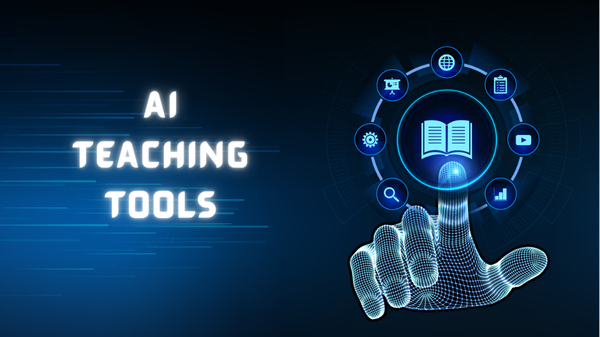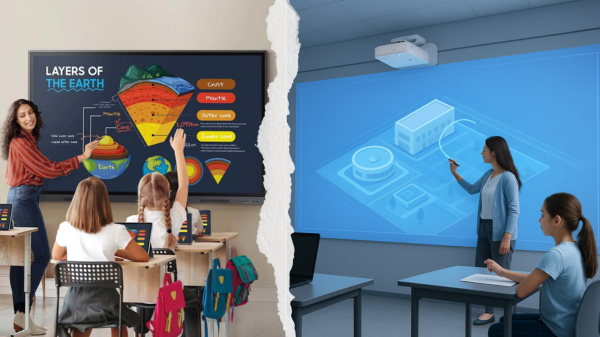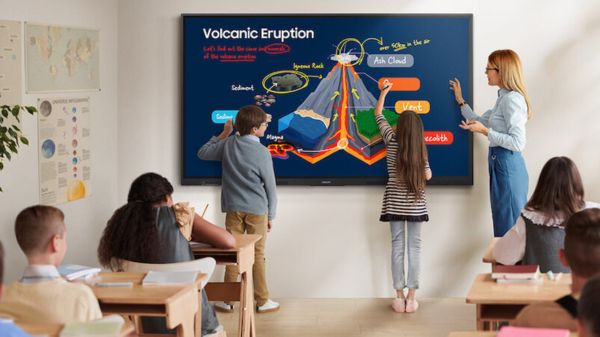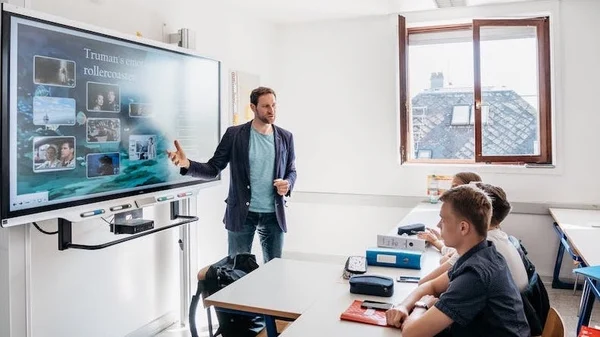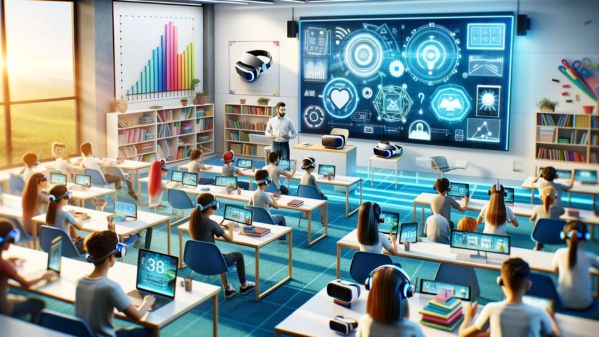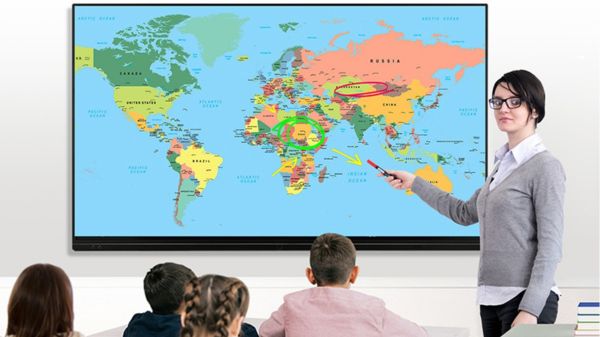The education landscape is changing quickly, with artificial intelligence (AI) leading this shift. AI-powered teaching tools are no longer just ideas for the future; they are now essential resources that help educators and improve student learning experiences. These digital solutions are transforming how teachers present lessons, how students interact with material, and how we measure learning results.
The Power of AI in Education
AI technologies provide personalized learning experiences, automate repetitive tasks, and offer useful data insights. This allows teachers to adjust their teaching strategies to fit each student's unique needs while freeing up valuable time that would otherwise go to administrative tasks.
- Personalized Learning
AI can analyse student performance and adjust content delivery to match individual learning styles and speeds. This personal touch helps close learning gaps and supports students who might struggle in traditional settings. - Increased Engagement
Interactive AI platforms make learning more captivating through gamification, real-time feedback, and multimedia content. These tools promote active participation and help deepen understanding. - Efficiency and Automation
AI tools can streamline tasks like grading, tracking attendance, and planning lessons. This lets educators concentrate on teaching and interacting with students instead of on paperwork. - Enhanced Accessibility
AI helps diverse learners by providing language translation, speech-to-text features, and other tools that make education more inclusive.
Key Benefits of AI Teaching Tools
- Intelligent Tutoring Systems that offer personalized coaching and problem-solving help.
- Assessment Tools that automatically grade and analyse student work, providing immediate feedback.
- Lesson Planning Assistants that aid educators in quickly designing lesson plans aligned with the curriculum.
- Interactive Learning Environments that use virtual and augmented reality, powered by AI, to simulate real-world experiences.
Examples of AI Teaching Tools in Practice
Many companies and platforms are innovating in this area, and some common types of AI tools include:
Challenges and Considerations
Even with the potential of AI, educators and schools face challenges. They must ensure data privacy, address fair access to technology, and provide proper training for teachers to effectively use AI tools in their classrooms.
Looking Ahead
As AI continues to grow, its role in education will expand. Future developments may include more advanced adaptive learning systems, predictive tools to identify students at risk, and AI-driven platforms that connect learners and educators around the world.
Conclusion
AI teaching tools offer a significant chance to improve educational outcomes by making learning more personalized, efficient, and accessible. For educators ready to embrace these changes, the future brings exciting possibilities for creating engaging and inclusive classrooms.

